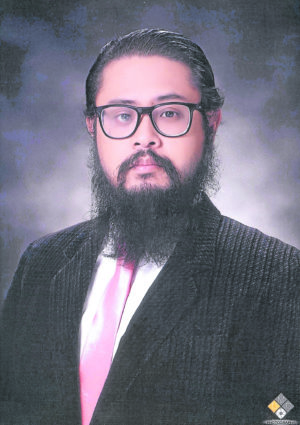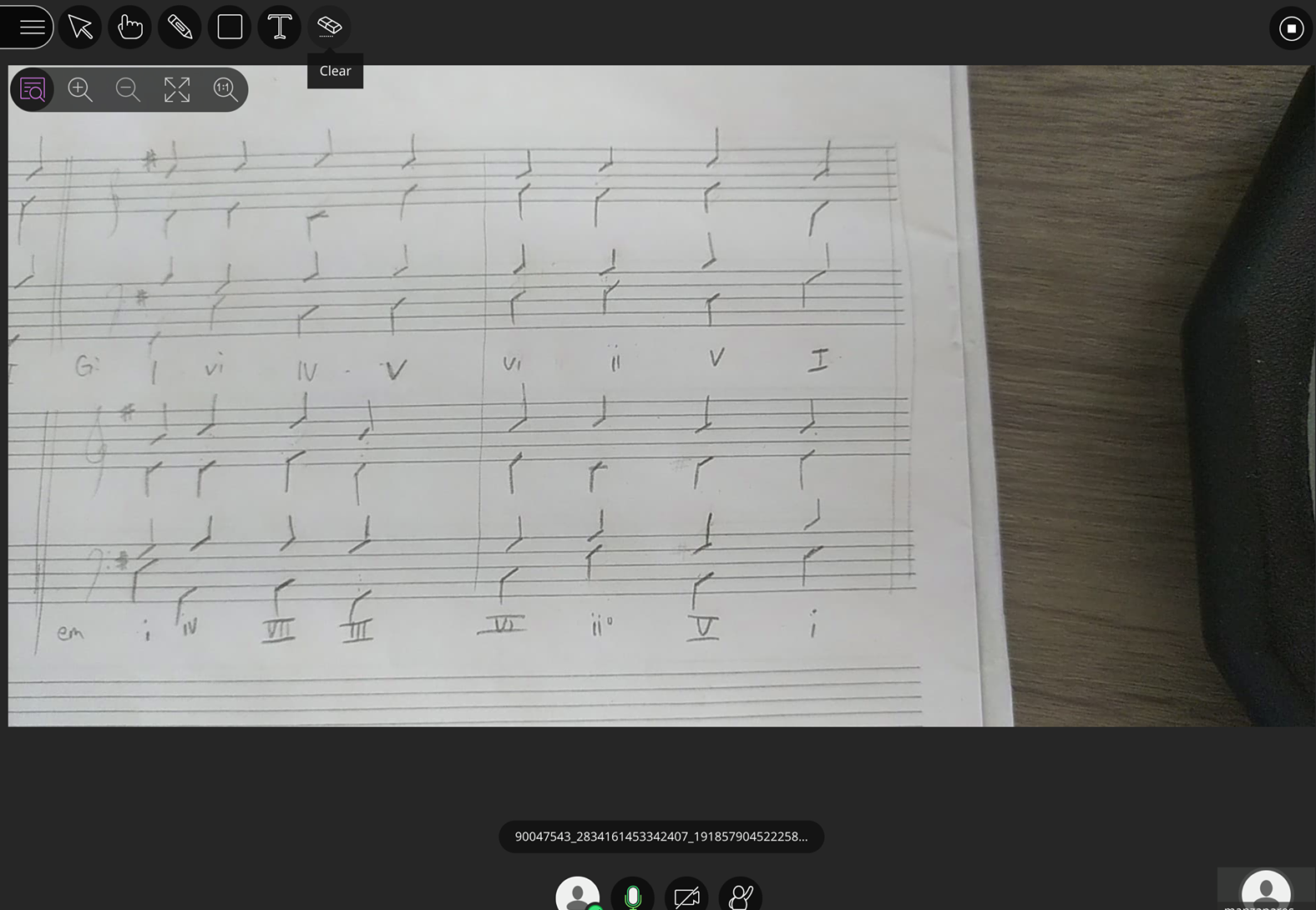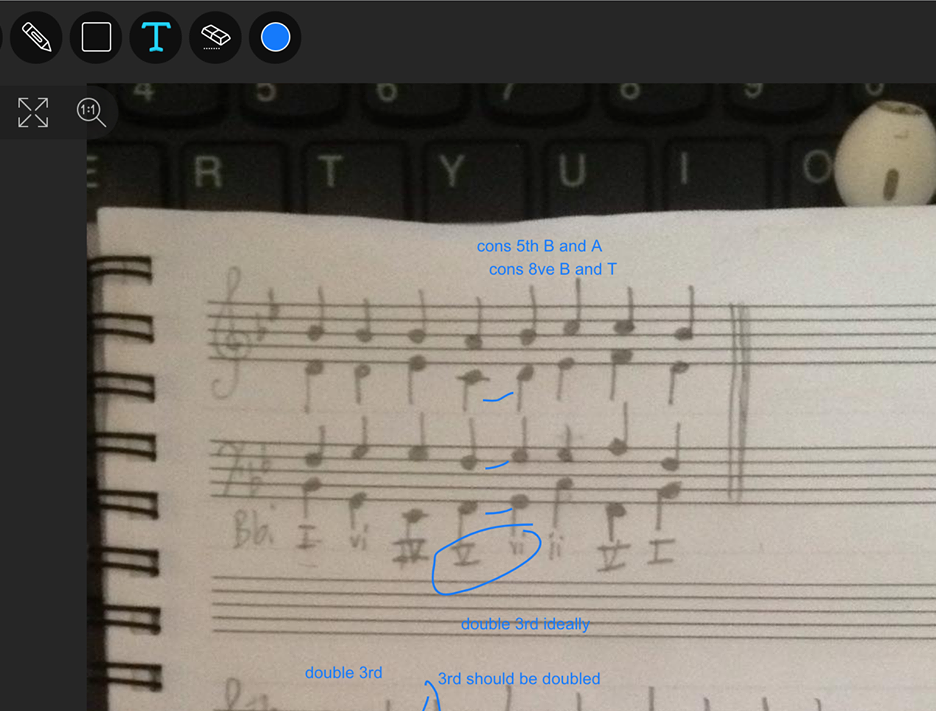Tim Sosmeña teaches Music Theory 2, 3 and 4, SSD (Sight-singing and Dictation) 3, Solfeggio 6, MIDI Sequencing, Basic Media and Game Music, Composition and Music Technology at the Conservatory of Music of the University of Santo Tomas (UST).
Like other educators in this time of pandemic, he’s had to switch from teaching in a physical classroom to an online one. We asked him about his experience.

What’s it like to switch to online classes?
Since I’ve been integrating technology in my pedagogy for a while now, making a (temporary) shift to fully online platform was not too difficult for me.
Do you prepare for online classes differently?
In some ways, preparing for my lectures is the same with a face-to-face delivery. Some differences include redecorating slideshows and taking more time setting up my audio/instrument.
In the cases of asynchronous instructions, I take the time to record a video beforehand, then pass it to my class either through social media, email or our Blackboard (Learning Management System) interface. This is especially for students with poor or limited internet connections.
What system/software do you use?
For the meantime, UST faculty members use the Blackboard interface. It’s a Learning Management System, sort of like an online classroom. Though for teachers of Music, we also use some offline computer applications for music notation such as Sibelius, Finale and MuseScore.
Students of Music Technology and Composition also use Digital Audio Workstation software such as Garageband, Logic Pro, Ableton, Cakewalk, etc.
How do you handle tests and recitation?
For assignments and tests, I usually instruct my students to send to my email their assigned projects (sequencing projects and compositions). For recitations, they can be done using video chats like Facebook video calls and Blackboard Collaborate (where at the very least, there is some form of synchronous interaction with the student).

For an educator, what are the challenges of teaching online?
For an online teaching platform to flourish, internet connection stability (and speed) is paramount. The Philippines does not have adequate connection stability and speed, so most of the time the platform itself cannot be realized.
For some educators, I believe it’s the adaptation to this new platform. This is especially true for many educators who are “old school” and prefer a tried-and-tested method of teaching. The very idea of migrating to a new platform can mean a hassle for some, for it means they’d have to “swim unfamiliar waters.”
Do you believe that online classes can be as effective as teaching in the classroom?
I believe so, and it has the potential to be even more. I believe teaching with the use of online technology caters to a wide spectrum of learning styles. It is through this multidirectional pedagogy that learning not only becomes better across the board, but works for the enjoyment of learners, as well.

What would you like to tell students and teachers about online classes?
That they should maximize it. While the technology is ever present, I urge them to maximize its use. We live in a time where knowledge is practically everywhere and learning is practically ever present (passive and active learning). So, it is with this thought that I urge parents and students to utilize technology to learn as much as they can. INQ








































